For the MII interface signals, I read on Wikipedia - MII on the Tx and Rx signals.
But I am confused about why there are two clocks (for Tx and Rx)?
Are the directions mentioned for transmitter signals and receiver signals mentioned in the wikipedia table correct?
Because it's a little confusing.
